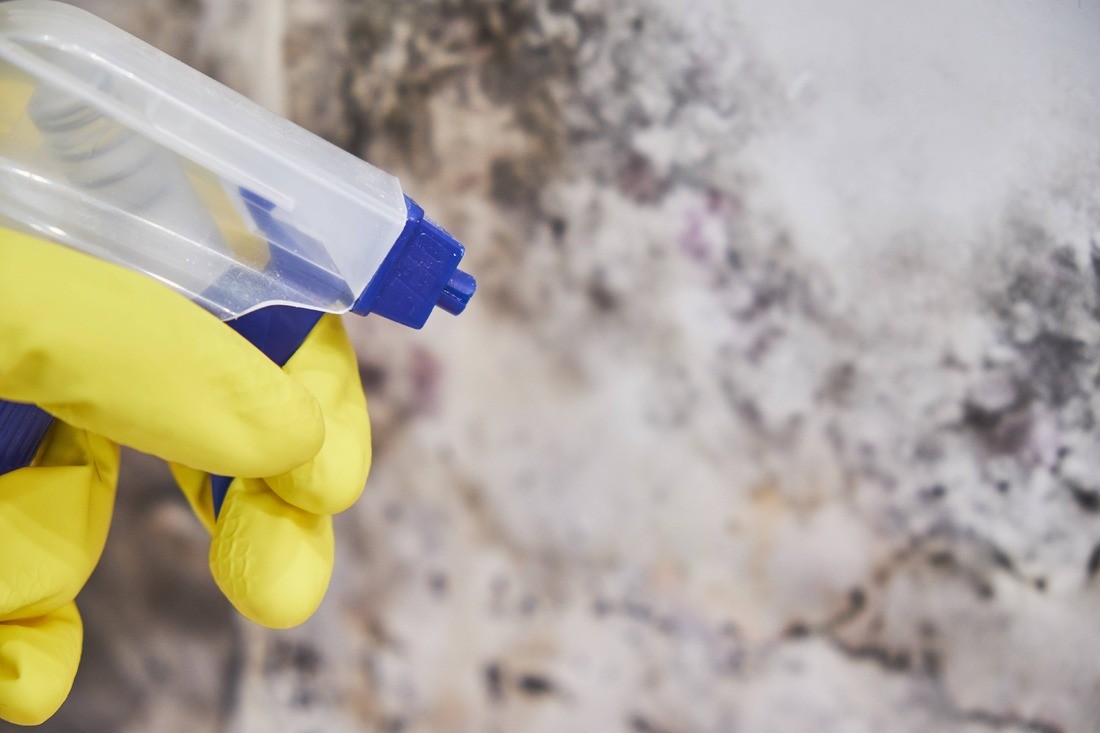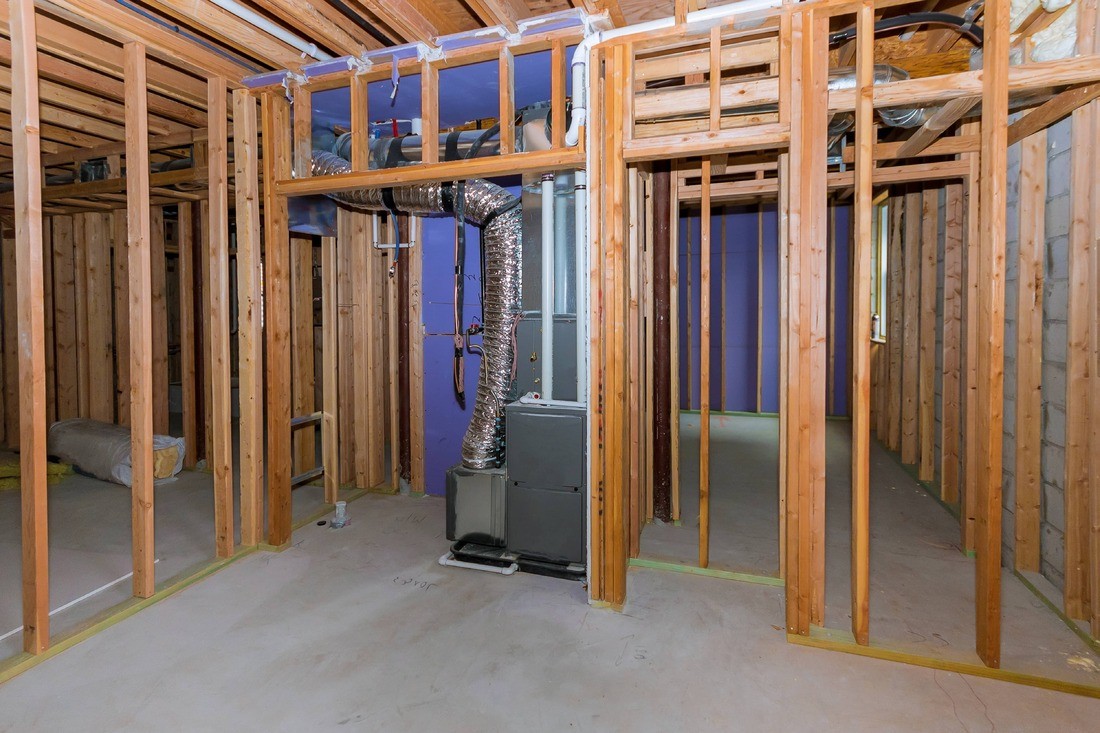
Introduction to Basement Water Restoration and Mold Removal
Basement water damage is a common issue that many homeowners face. Whether it’s a result of heavy rainfall, a burst pipe, or a plumbing leak, excess water in the basement can cause significant damage to the structure and belongings. One of the key components of basement water restoration is mold removal. Mold can quickly grow in damp environments, and its presence not only compromises the structural integrity of the basement but also poses potential health risks for occupants. In this article, we will explore the importance of mold removal in basement water restoration, the process involved, and how it contributes to a safe and healthy living environment.
The Dangers of Mold Growth in Water-Damaged Basements

When a basement experiences water damage, the excess moisture creates an ideal breeding ground for mold. Mold spores are present in the air, and all they need to thrive is a moist environment and organic matter to feed on. Unfortunately, building materials such as drywall, insulation, and carpeting provide ample nutrients for mold growth. As mold colonies begin to develop, they release spores, which can negatively affect indoor air quality and cause a variety of health issues. Common symptoms of mold exposure include allergic reactions, respiratory problems, coughing, sneezing, and skin irritation. Those with pre-existing respiratory conditions or compromised immune systems are particularly vulnerable to the adverse effects of mold.
The Process of Mold Removal in Basement Water Restoration
Mold removal is a specialized process that should be carried out by trained professionals. It involves several steps to ensure that mold is effectively eliminated and future growth is prevented. Here is an overview of the typical mold removal process:
1. Assessment and Inspection
The first step is to assess the extent of the mold problem in the water-damaged basement. Professionals will inspect the area for visible signs of mold growth and may also use specialized equipment to detect hidden mold behind walls or under flooring. The assessment helps determine the scope of the remediation process.
2. Containment
To prevent the spread of mold spores to unaffected areas of the home, the contaminated section of the basement is isolated. Professionals may use physical barriers, such as plastic sheeting, and employ negative air pressure machines to create a controlled environment.

3. Mold Removal
The removal of mold-infested materials is a crucial step in the process. Affected porous materials, such as drywall and carpeting, may need to be completely removed and discarded. Non-porous surfaces can be thoroughly cleaned using specialized mold removal products and techniques.
4. Drying and Dehumidification
After mold removal, the basement must be thoroughly dried to prevent future mold growth. Professionals use industrial-grade dehumidifiers and drying equipment to eliminate excess moisture from the air and materials. Proper ventilation is also crucial in this step.
5. Restoration and Preventive Measures
Once the basement is dry and mold-free, the restoration process can begin. This may involve repairing or replacing damaged building materials, such as drywall and flooring. Additionally, preventive measures like improving ventilation, fixing plumbing issues, and ensuring proper drainage are implemented to prevent future water damage and mold growth.
The Importance of Professional Mold Removal in Basement Water Restoration
Attempting to remove mold without professional help can be risky. Improper mold removal techniques may lead to the spread of mold spores, resulting in further contamination of the home. Professional mold remediation experts are trained to handle mold removal safely and effectively. They have the knowledge, experience, and specialized equipment to identify and eliminate mold problems, ensuring that the basement is restored to a safe and healthy condition. By hiring professionals, homeowners can have peace of mind knowing that the mold removal process is thorough, following industry best practices and standards.
Conclusion
Mold removal is a vital component of basement water restoration. Basements that have experienced water damage are prone to mold growth, which not only compromises the structural integrity of the space but also poses health risks. Hiring professionals for mold removal ensures that the process is carried out correctly and thoroughly, preventing further contamination and promoting a safe and healthy living environment. If you have a water-damaged basement with mold issues, contact JGW Group Water Damage Restoration Las Vegas at 725-240-0640 for expert assistance in mold removal and basement water restoration services.
Frequently Asked Questions (FAQ)
Q: What are the dangers of mold growth in water-damaged basements?
Mold growth in water-damaged basements can lead to various health issues, including allergies, respiratory problems, and skin irritation. It can also compromise the structural integrity of the basement and affect indoor air quality.
Q: Why is professional mold removal necessary in basement water restoration?
Professional mold removal ensures that mold is safely and effectively eliminated from the basement. Experts have the knowledge, experience, and equipment to handle mold removal, preventing further contamination and promoting a safe living environment.
Important Facts and Statistics about Basement Flooded Water Damage Restoration and Mold Removal
- Most homeowners will pay an average of around $4,300 to repair a flooded basement. (source)
- Basement water damage can lead to mold growth, which poses health risks. Mold removal is essential in restoring basements after water damage. (source)
- Mold remediation professionals use a 10-step process to restore flooded basements and eliminate mold. (source)
- Hurricane Sandy in 2012 caused extensive basement flooding and highlighted the importance of proper water damage restoration. (source)
- We accept all major insurance companies for basement water damage restoration services. CALL NOW: 888-593-2231. (source)
- The remnants of Hurricane Floyd caused significant flooding in New Jersey in 1999, affecting eight of the state’s 21 counties. (source)



